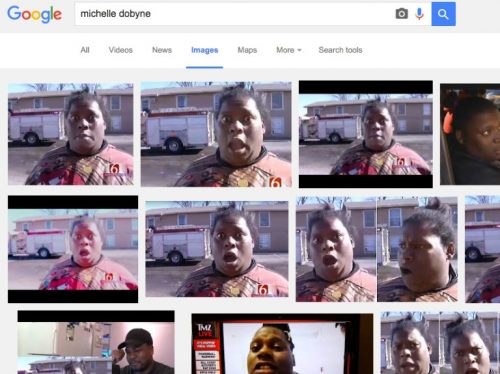Theorizing the Web 2017
April 7–8 in New York City
At the Museum of the Moving Image, in Astoria, Queens
The submission deadline is January 22, 2017 (11:59 p.m. EST)
Started in 2011, Theorizing the Web is an annual event for critical, conceptual conversations about technology and society. Theorizing the Web begins with the assumption that to talk about technology is also to discuss the self and the social world. Debate around digital social technologies too often fails to apply the many relevant literatures of social thought. We do not think “theorizing” is solely the domain of academia, and we value clear and compelling arguments that avoid jargon. Here are some photos from last year’s event if you want to see the vibe of it all.
Theorizing the Web is a home for thinking about technology by people who may not think of themselves primarily as “tech” thinkers. Activists, journalists, technologists, writers, artists, and people who don’t identify as any of the above are all encouraged to submit. We especially invite submissions that engage with issues of social justice, power, inequality, and vulnerability from a diverse range of perspectives.
Submissions on any topic are welcome. Some general topical suggestions include the intersections between technology and identity, privacy, sexuality, the body, power, politics, surveillance, racism, sexism, ableism, harassment, space, code, design, knowledge, images, memes, attention, work, fiction, gaming, globalization, capitalism, and protest.
Submissions should be 300 to 500 words (only the first 500 words will be reviewed). The TtW Selection Committee will blindly review submissions and make decisions in early to mid-February. Space is limited, and our acceptance rate is typically 20-35%. The presentations themselves will be 12-minute talks in a panel setting. You will be speaking to a general audience who may not share your area of expertise.
Before submitting, please read our FAQ section on submissions.
Submit your proposal here: http://theorizingtheweb.tumblr.com/2017/submit
Registration for Theorizing the Web remains pay-what-you-can, and we ask that you donate whatever amount you deem fair or can afford (minimum $1). Register here: http://theorizingtheweb.tumblr.com/2017/registration
Stay tuned to theorizingtheweb.org for announcements about invited panels, and email us at theorizingtheweb@gmail.com if you would like to help out with our all-volunteer event in any way. We’re @TtW_conf on Twitter, and the conference hashtag is #TtW17.
xx












